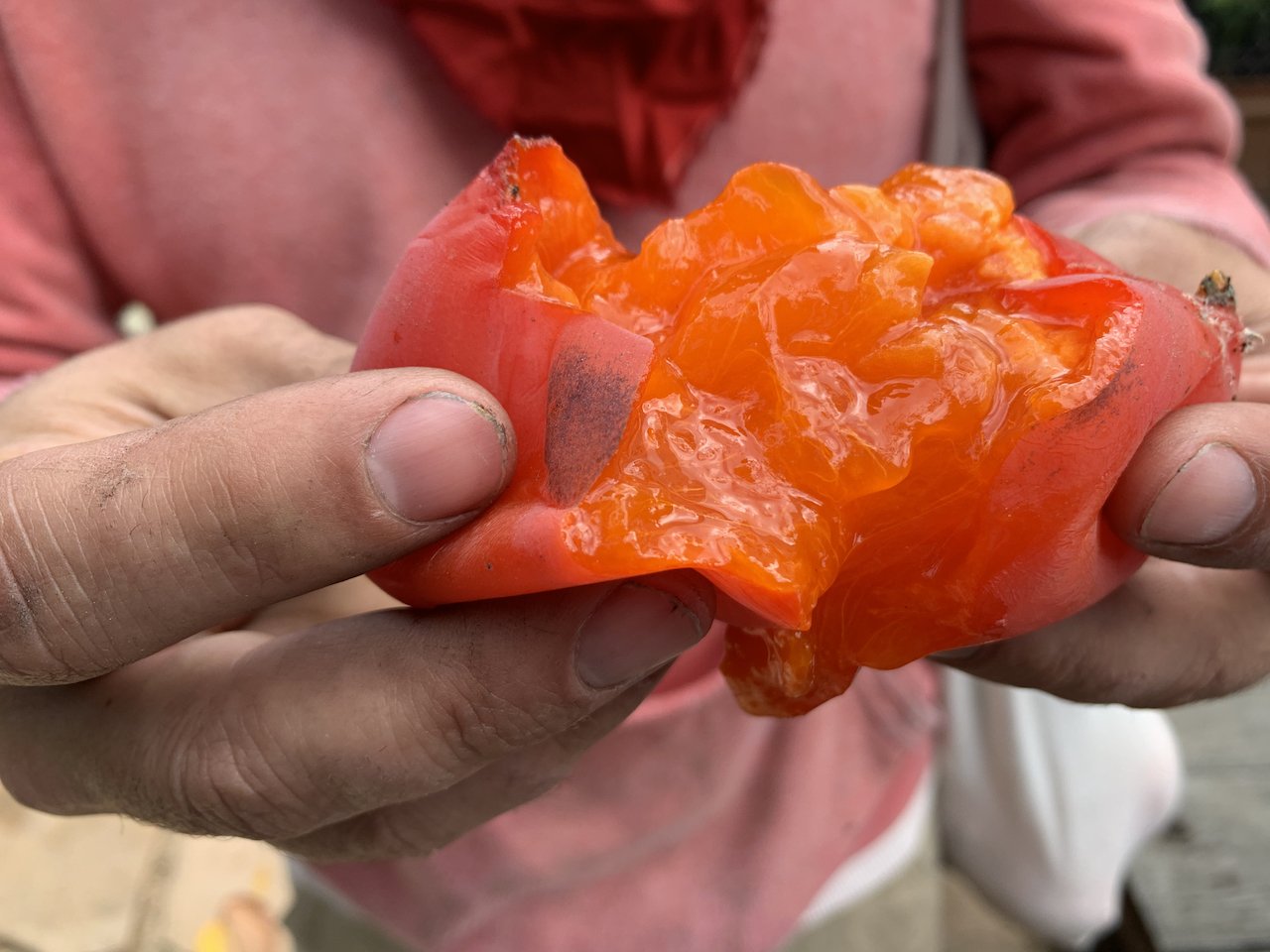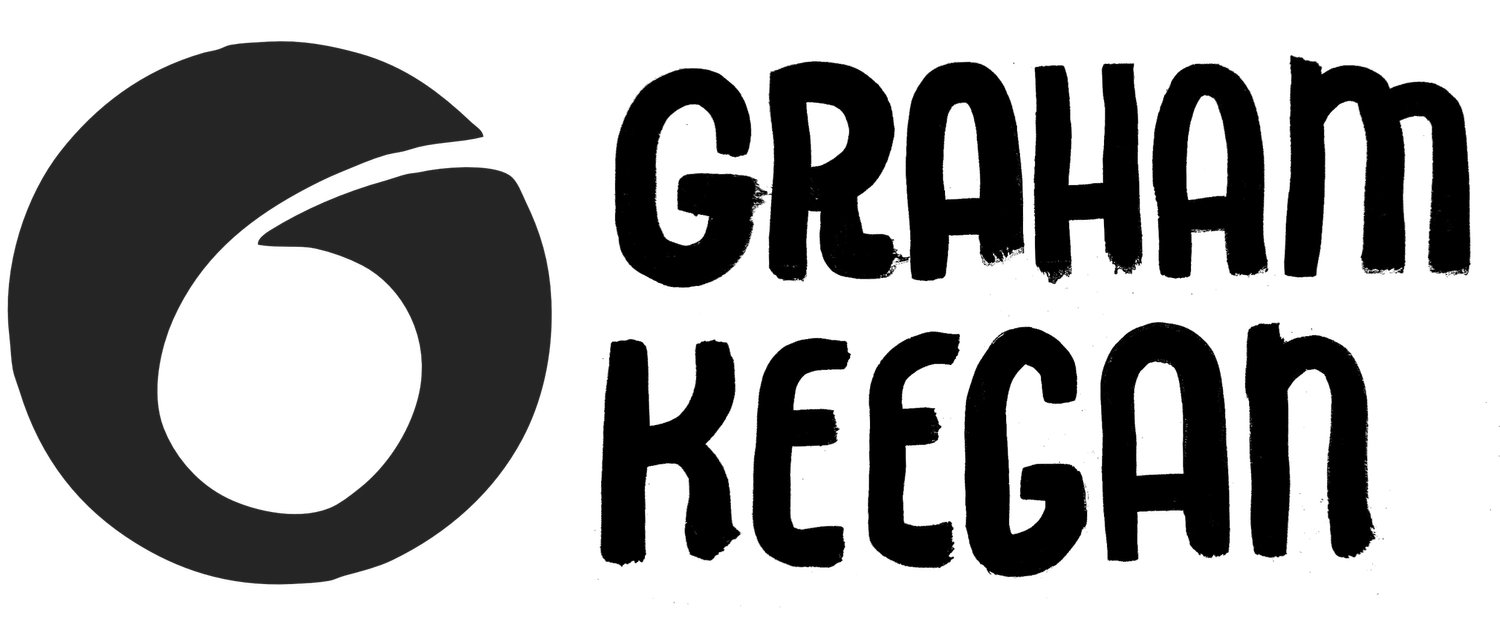 Image 1 of 6
Image 1 of 6

 Image 2 of 6
Image 2 of 6

 Image 3 of 6
Image 3 of 6

 Image 4 of 6
Image 4 of 6

 Image 5 of 6
Image 5 of 6

 Image 6 of 6
Image 6 of 6







In Praise of Persimmon
10:00 AM to 2:30 PM, Saturday, November 16, 2024
10:00 AM to 2:30 PM, Sunday, November 24, 2024
604 N. Occidental Boulevard, LA CA 90026
Join our favorite fall tradition!
If you tend, play host to or know of a HACHIYA persimmon tree - the larger teardrop shape ones, not the squatter FUYU variety, within a 45 minute drive from Dodger Stadium and would like to exchange fruit for a spot in the class , please get in touch. we are lining up fruit for the picking NOW as we require between 200-300 unripe (pale orange and firm) fruits for the class. A single mature tree often has more than is necessary for the class. WE WILL COME PICK THEM at your place in the week before - and will trim branches and clear dead wood so your tree will be more productive in future years. This is a wonderful opportunity to learn about your persimmon tree and what to do with the fruits that often become food for flies, rats and squirrels when they splat down from the branches as they ripen.
In this one-day class we will explore both the artisanal pursuit of preparing Hoshigaki and persimmon vinegar AND exploring possibilities for dyeing using the fresh and fermented juice of the Hachiya persimmon!
Rose and I will be co-hosting this fruitful fall festival as we have for the past few years and we would be delighted to invite you at my workshop in Silver Lake.
We will begin the day with learning a bit about the history of this fruit in our region, selecting fruits for either dried preserving or vinegar making, then we’ll physically prepare the fruits so that they’ll have a chance to transform into the delightful, sugar coated treats - Hoshigaki! We’ll explain the vinegar making process (its so easy) and send you home with some to ferment on your own if you like!
After a lunch break, we’ll clear the table and set up to play with the fresh and preserved juice of the persimmon - naturally astringent. This tannin rich liquid is a traditional dye and fabric coating which darkens and becomes richer with time. You’ll leave with a bandana decorated in your own designs - permanent and washable! We will create patterns on the cloth by folding and dipping cotton into the potent persimmon juices.
Plan to bring an empty quart jar as well as a small clean cloth to carry your fruits home in.
The quote below is from Rose Fairley of Plant Friends in her blog post about the hoshigaki making process
We will be donating 10% of proceeds from this event to Tsuru for Solidarity
Persimmon trees are not indigenous to California. In the first half of the 20th century, many Japanese immigrants and Japanese American families planted persimmon trees as culturally important sources of food, medicine and dye. When I gather the fruit from these trees, I say thanks to the planters of these trees and the keepers of the cultural knowledge of this special process. I also mourn knowing that the US government incarcerated many of the same people who planted these trees. Of those who survived incarceration, many lost their homes and access to these mature trees after time in WWII Japanese internment camps.
Incarceration and displacement continue to impact communities in Los Angeles today. In deference to the gifts of the persimmons and the people who have tended this tradition as well as in acknowledgement of the history of incarceration and current oppression of immigrant communities, during persimmon season I donate to Tsuru for Solidarity, “a nonviolent, direct action project of Japanese American social justice advocates and allies working to end detention sites and support directly impacted immigrant and refugee communities that are being targeted by racist, inhumane immigration policies.”
10:00 AM to 2:30 PM, Saturday, November 16, 2024
10:00 AM to 2:30 PM, Sunday, November 24, 2024
604 N. Occidental Boulevard, LA CA 90026
Join our favorite fall tradition!
If you tend, play host to or know of a HACHIYA persimmon tree - the larger teardrop shape ones, not the squatter FUYU variety, within a 45 minute drive from Dodger Stadium and would like to exchange fruit for a spot in the class , please get in touch. we are lining up fruit for the picking NOW as we require between 200-300 unripe (pale orange and firm) fruits for the class. A single mature tree often has more than is necessary for the class. WE WILL COME PICK THEM at your place in the week before - and will trim branches and clear dead wood so your tree will be more productive in future years. This is a wonderful opportunity to learn about your persimmon tree and what to do with the fruits that often become food for flies, rats and squirrels when they splat down from the branches as they ripen.
In this one-day class we will explore both the artisanal pursuit of preparing Hoshigaki and persimmon vinegar AND exploring possibilities for dyeing using the fresh and fermented juice of the Hachiya persimmon!
Rose and I will be co-hosting this fruitful fall festival as we have for the past few years and we would be delighted to invite you at my workshop in Silver Lake.
We will begin the day with learning a bit about the history of this fruit in our region, selecting fruits for either dried preserving or vinegar making, then we’ll physically prepare the fruits so that they’ll have a chance to transform into the delightful, sugar coated treats - Hoshigaki! We’ll explain the vinegar making process (its so easy) and send you home with some to ferment on your own if you like!
After a lunch break, we’ll clear the table and set up to play with the fresh and preserved juice of the persimmon - naturally astringent. This tannin rich liquid is a traditional dye and fabric coating which darkens and becomes richer with time. You’ll leave with a bandana decorated in your own designs - permanent and washable! We will create patterns on the cloth by folding and dipping cotton into the potent persimmon juices.
Plan to bring an empty quart jar as well as a small clean cloth to carry your fruits home in.
The quote below is from Rose Fairley of Plant Friends in her blog post about the hoshigaki making process
We will be donating 10% of proceeds from this event to Tsuru for Solidarity
Persimmon trees are not indigenous to California. In the first half of the 20th century, many Japanese immigrants and Japanese American families planted persimmon trees as culturally important sources of food, medicine and dye. When I gather the fruit from these trees, I say thanks to the planters of these trees and the keepers of the cultural knowledge of this special process. I also mourn knowing that the US government incarcerated many of the same people who planted these trees. Of those who survived incarceration, many lost their homes and access to these mature trees after time in WWII Japanese internment camps.
Incarceration and displacement continue to impact communities in Los Angeles today. In deference to the gifts of the persimmons and the people who have tended this tradition as well as in acknowledgement of the history of incarceration and current oppression of immigrant communities, during persimmon season I donate to Tsuru for Solidarity, “a nonviolent, direct action project of Japanese American social justice advocates and allies working to end detention sites and support directly impacted immigrant and refugee communities that are being targeted by racist, inhumane immigration policies.”
10:00 AM to 2:30 PM, Saturday, November 16, 2024
10:00 AM to 2:30 PM, Sunday, November 24, 2024
604 N. Occidental Boulevard, LA CA 90026
Join our favorite fall tradition!
If you tend, play host to or know of a HACHIYA persimmon tree - the larger teardrop shape ones, not the squatter FUYU variety, within a 45 minute drive from Dodger Stadium and would like to exchange fruit for a spot in the class , please get in touch. we are lining up fruit for the picking NOW as we require between 200-300 unripe (pale orange and firm) fruits for the class. A single mature tree often has more than is necessary for the class. WE WILL COME PICK THEM at your place in the week before - and will trim branches and clear dead wood so your tree will be more productive in future years. This is a wonderful opportunity to learn about your persimmon tree and what to do with the fruits that often become food for flies, rats and squirrels when they splat down from the branches as they ripen.
In this one-day class we will explore both the artisanal pursuit of preparing Hoshigaki and persimmon vinegar AND exploring possibilities for dyeing using the fresh and fermented juice of the Hachiya persimmon!
Rose and I will be co-hosting this fruitful fall festival as we have for the past few years and we would be delighted to invite you at my workshop in Silver Lake.
We will begin the day with learning a bit about the history of this fruit in our region, selecting fruits for either dried preserving or vinegar making, then we’ll physically prepare the fruits so that they’ll have a chance to transform into the delightful, sugar coated treats - Hoshigaki! We’ll explain the vinegar making process (its so easy) and send you home with some to ferment on your own if you like!
After a lunch break, we’ll clear the table and set up to play with the fresh and preserved juice of the persimmon - naturally astringent. This tannin rich liquid is a traditional dye and fabric coating which darkens and becomes richer with time. You’ll leave with a bandana decorated in your own designs - permanent and washable! We will create patterns on the cloth by folding and dipping cotton into the potent persimmon juices.
Plan to bring an empty quart jar as well as a small clean cloth to carry your fruits home in.
The quote below is from Rose Fairley of Plant Friends in her blog post about the hoshigaki making process
We will be donating 10% of proceeds from this event to Tsuru for Solidarity
Persimmon trees are not indigenous to California. In the first half of the 20th century, many Japanese immigrants and Japanese American families planted persimmon trees as culturally important sources of food, medicine and dye. When I gather the fruit from these trees, I say thanks to the planters of these trees and the keepers of the cultural knowledge of this special process. I also mourn knowing that the US government incarcerated many of the same people who planted these trees. Of those who survived incarceration, many lost their homes and access to these mature trees after time in WWII Japanese internment camps.
Incarceration and displacement continue to impact communities in Los Angeles today. In deference to the gifts of the persimmons and the people who have tended this tradition as well as in acknowledgement of the history of incarceration and current oppression of immigrant communities, during persimmon season I donate to Tsuru for Solidarity, “a nonviolent, direct action project of Japanese American social justice advocates and allies working to end detention sites and support directly impacted immigrant and refugee communities that are being targeted by racist, inhumane immigration policies.”
